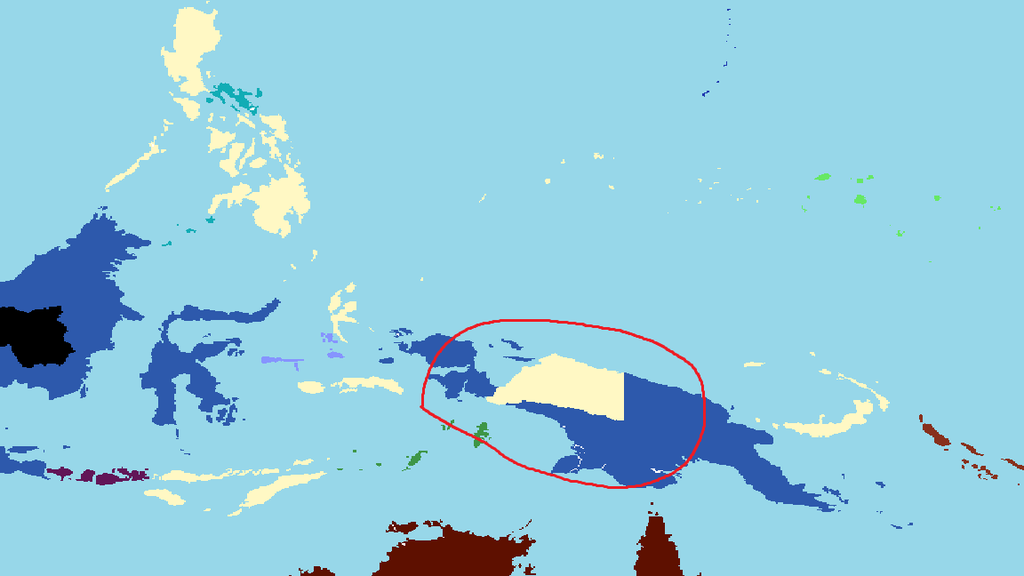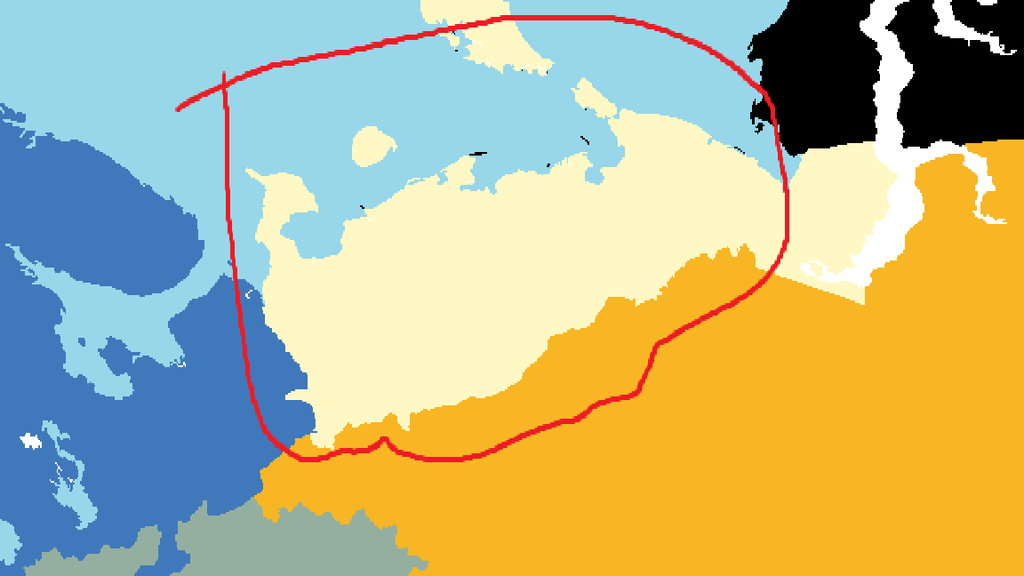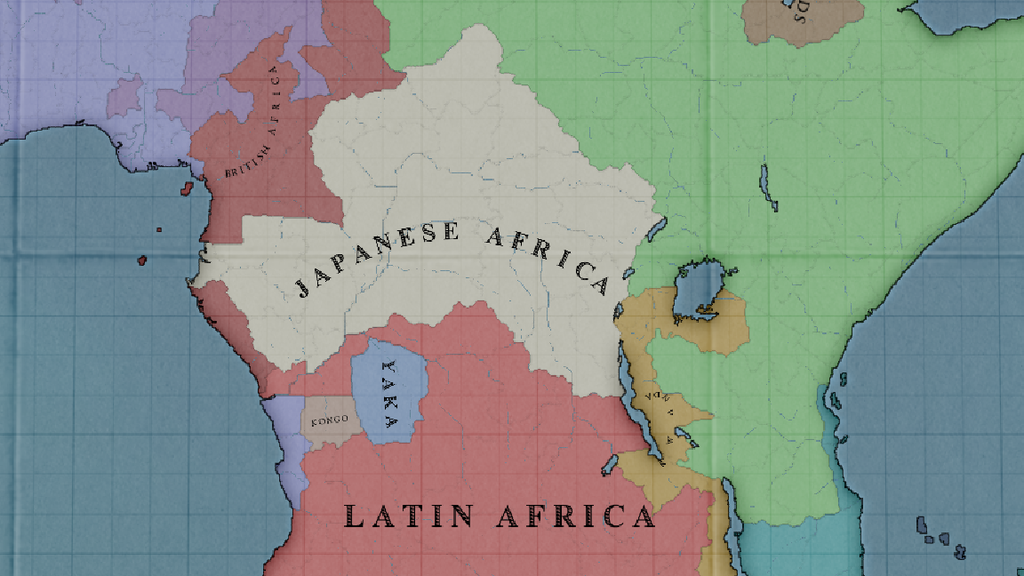With many different strict interpretations of events around the world, from many different sources, and Victoria 2 often being a game that does not lend itself to thrilling commentary unless your name is RossN, I decided to give a different approach. In the following AAR parts, I will attempt to weave the narrative of the game into a story worth telling, and rather than giving you a rundown of world events I will give you a breakdown of only one country, my country, the Empire of León. Currently ranking amongst the great powers of the World, the envy of many (I hope), we shall start with the driving force behind León’s greatness: her mighty Industry. Without further ado, let us begin.
~~~~~~~~~~~~~~~~~~~~~~~~~~~~~~~~~~~~~~~~~~~~~~~~~~~~~~~~~~~~~~~~~~~~~~~~~~~~~~~~~~~~~~~~~~~~~~~~~~~~~~~~~~~~~~~~~~~~~~~~~~~~~~~~~~~~~~~
Leónese Industry in the Industrial Revolution
While not the earliest adopter of Industrialization, León was, per capita, perhaps in the best position of any but the Superpowers of the World to take advantage of the Age of Industry, due to one factor: her high population density. While other similarly populated empires stretched across vast distances, such as the Koreans in Manchuria, León was tight and compact, mostly situated on the Iberian peninsula. Again unlike Korea, much of León’s industry was homegrown, or seized from what few foreign investors there were soon after her ascension to the Concert of Eurasia (It did not yet contain an American member, and the only African member was considered Mediterranean, and thus European). This gave Soeiro V, Emperor of León, considerable influence in using natural resources efficiently in the production of goods, and made Leónese factories highly efficient, with few exceptions excepting those built by the country’s growing Capitalist class.

One of the early Weaving Mills of León, located near the capital.
This population density lead to a far different design philosophy than in other parts of the world. While others could afford hundreds of factories that would eventually become thousands, León could only afford very few, having, for example, only half the number of raw factories as their long time rival, the Yngling Rike’s state corporation, Yngling Inc. And yet, León was oftentimes regarded as having twice the industrial capacity as the Norsemen. Emperor Soeiro made up for this deficiency by ordering individual factories to be nearly constantly expanded, putting the nation’s struggling artisan classes and aspiring farmers and laborers to work in ever higher numbers. This led to gargantuan industrial complexes compared to rival nations.
A small fraction of one of the Empire’s steel mills. The facility would be drastically expanded later that year, nearly doubling in size.
And flood to the factories they did. While the Empire of Japan, long considered the world’s premier industrial power (though they would be soon eclipsed), focused on their bureaucracy and thus having few craftsmen compared to their clerks, in their facilities, thousands of Leónese citizens flooded into the nation’s factories every year, granting the Empire a powerful economic base.
A typical busy Leónese factory floor, compared to the relatively empty Japanese factories at the time.
These workers were lured by the prospects of a regular work schedule, though it was grueling, regular pay, though it was low, and basic healthcare and education for themselves and their children. Though the Corta Generál of León struggled to pass significant safety or worker protection laws for decades, Leónese manufacturing was nevertheless a steady, reliable job for many in an age of masses of listless unemployed as technology started to reduce the manpower necessary or profitable for agriculture and the desire for home-made goods dropped as a result of cheaper manufactured alternatives. Of secondary benefit was the extremely high literacy of León’s citizenry, often lauded as the highest in the world throughout the first half of the nineteenth century and into the second half. A large body of the literate populace flooded into the great industrial centers, hungry for economic and geographic access to the many entertainments of the age, entertainments that the government happily sponsored, as they were profitable many times over. An explosion of books of all types, and truly the flourishing of Leónese culture as a whole, was a direct byproduct of the Industrial Revolution in León.

An artist’s rendition of life in a factory town, often located a short distance outside of major urban areas due to the horrific damage they did to the water and atmosphere, and the cheaper land outside of city limits.
Of course, the success of the budding Leónese industry could not have been possible without one critical factor: railroads. León had some of the most comprehensive and expansive rail networks per capita in the world, with extensive emphasis put on engineering around the hilly and often mountainous terrain of the Iberian peninsula. While some of the greater challenges in the northeast of the country would not be solved for decades, the Empire of León nonetheless put substantial effort into giving industries and passangers alike ever greater access to these new behemoths of steel and the benefits they provided.
An example of railroads out in the Leónese hinterland, demonstrating how even remote areas were given access to rapid transit across much of the country.
The Age of Industry was a transformative time for the entire world, in which relative peace and amazing prosperity was brought into being, even if much of it ended up in the hands of the wealthiest. Nonetheless, the Empire of León was ready for it, and dived in head first at the earliest opportunity, an advancement that would become crucial to the fate of the world’s longest-ruling monarchy in but a few short decades.

































